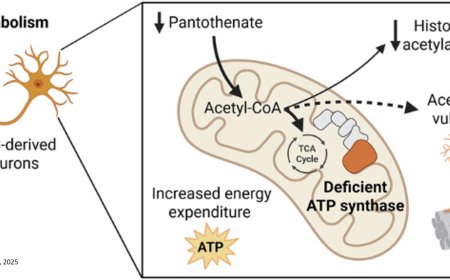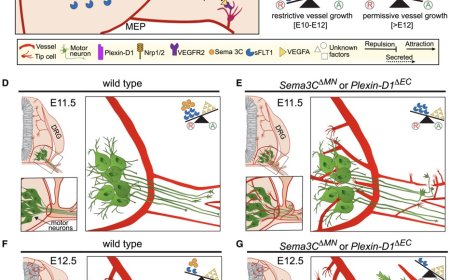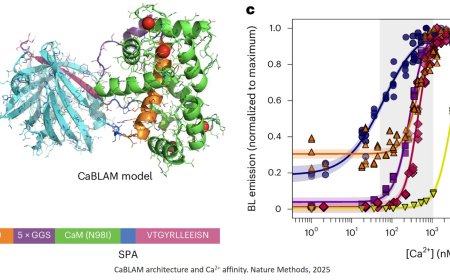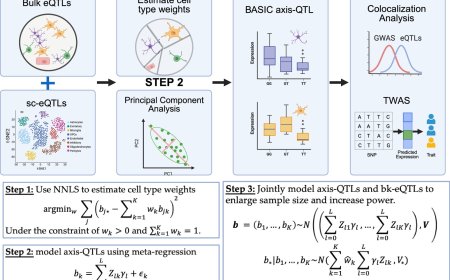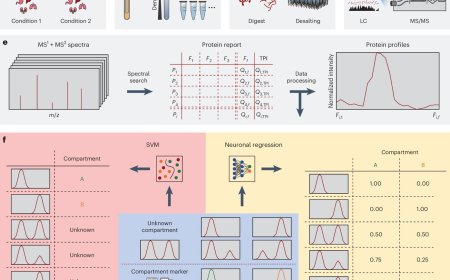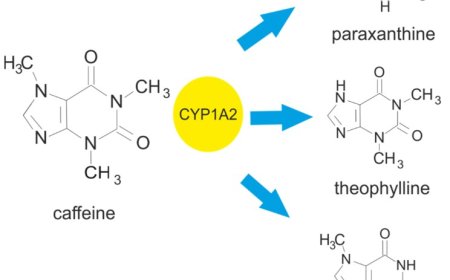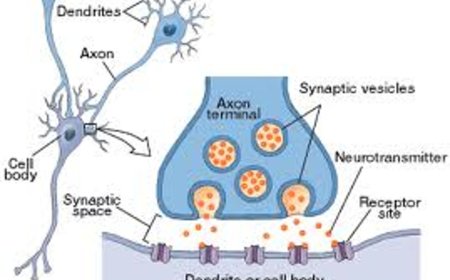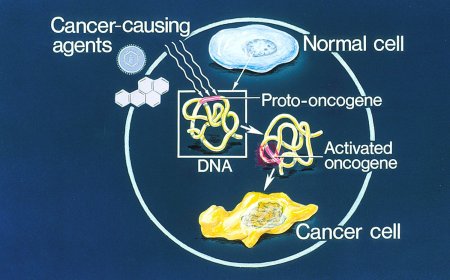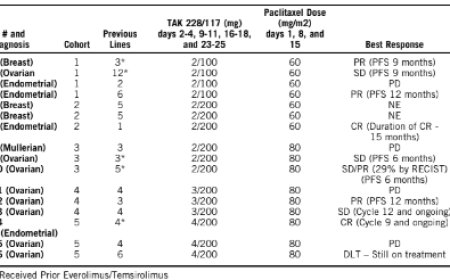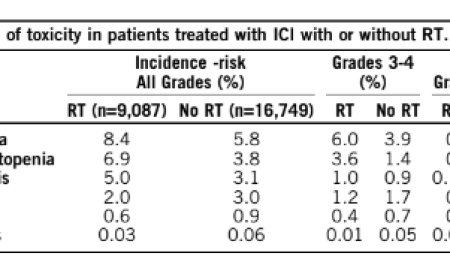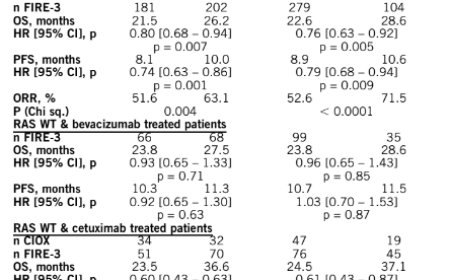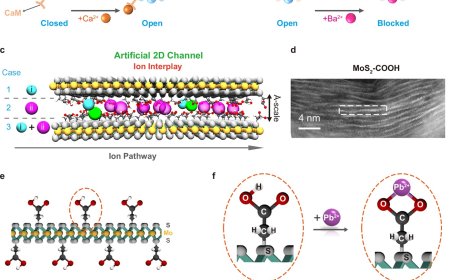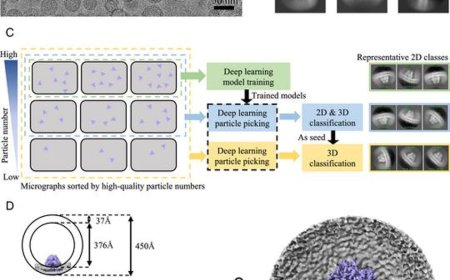Stabilizing synthetic gene circuits in liquid condensates

Genetic engineers can design and assemble sophisticated gene circuits to program cells with new functions, but important signaling molecules can become diluted as these cells grow and divide, causing the synthetic gene circuits to lose their new functions.
A research team has discovered a way to protect these fragile genetic programs using a principle borrowed straight from nature.
In a new paper published in Cell, the researchers have outlined a technique that can stabilize synthetic gene circuits by forming small, droplet-like compartments inside cells through a process called liquid-liquid phase separation.
These microscopic droplets, called transcriptional condensates, act like molecular safe zones around key genes, shielding synthetically engineered modifications from being washed away by the tide of cell growth.
“When we try to program cells to perform useful tasks, such as diagnostics or therapeutic production, the genetic programs often fail because cell growth dilutes the key molecules needed to keep them running,” the senior author says. “We addressed this challenge by tapping into the cell’s own strategy of phase separation to protect engineered systems.”
Cells use phase separation to organize their inner environment, creating compartments for essential biochemical reactions without the use of membranes. The team realized that by engineering similar condensates around synthetic genes, they could mimic this natural organization and maintain genetic stability across various cell generations.
“We discovered that by forming tiny droplets called transcriptional condensates around genes, we can protect genetic programs and keep them stable even as cells grow,” another author says. “It’s a simple physical solution that prevents dilution and keeps circuits running reliably.”
This approach represents a major shift from traditional strategies in synthetic biology, which have largely focused on tweaking DNA sequences or regulatory feedback loops to keep engineered systems functioning.
Instead of more complex control systems, the team introduced a physical design principle that leverages the existing spatial organization of molecules inside cells.
While natural cells have evolved to use condensates as a built-in protective system for regulating gene circuit activity, this study is among the first to show how it can be repurposed to stabilize synthetic programs.
“Cells already use these droplets to regulate themselves,” the senior author says. “We’re now harnessing the same strategy for synthetic biology.”
Adopting this methodology could help researchers build more reliable biological systems that maintain predictable, productive functions.
“This opens a new way to build more reliable living systems, from stable cell factories to future medical applications,” the author says. “Our strategy can become a new design principle for researchers who need their engineered cells to work consistently.”
Images taken via microscope from the study show bright, glowing clusters of transcriptional condensates inside cells, which serve as visual proof that droplets can form precisely where needed to stabilize gene activity.
“It’s exciting to see how these droplets can be used to boost bioproduction yields,” another author says. “This kind of collaboration bridges fundamental biological insights with real metabolic engineering applications.”
The group is already exploring how to engineer different kinds of condensates to control different genes, effectively turning them into programmable control hubs inside cells.
“We want to program different condensates to control different genes, creating smart cells that can adapt and function long-term,” he says. “We’re learning how to design with the cell, not against it.”
This approach to designing in accordance with nature rather than trying to override it represents a key turning point in the field. The next step is to demonstrate the technique’s applications for more diverse implementations to determine resilience and scalability, though researchers see no shortage in potential applications.
“Researchers in synthetic biology who struggle with unstable circuits will see this as a new way to make their systems more reliable,” another author says. “Bioprocess engineers who want a consistent yield can also use it. For biophysicists like me, it’s exciting to see physical principles like phase separation turned into practical engineering tools.”
“This work reflects a new direction in synthetic biology,” the senior author says. “By using the cell’s own organizing principles, we can build systems that are both powerful and inherently stable.”
